In 2022, the stakes for recruiting and retaining college students have never been higher.
FAFSA completions in 2021 were down 44% compared to 2019, indicating a general decrease in overall college enrollment numbers.
1 in 4 college freshmen who started their degree aren’t coming back, and colleges now have 1.5 million fewer students than they did five years ago, indicating that students are thinking differently about the decision to go to college or choosing to enter the workforce directly out of high school.
Amid the whirlwind of change to how colleges operate and how school communication professionals market, how can universities create campaigns that will make students want to go to college and complete their degrees?
Scoping out the competition is a great way to see what’s out there, what works, and where improvement is needed.
Tony Teng, Dean of Advanced Technology and Applied Science at Saddleback College in Mission Viejo, California, teamed up with Jesse Crete of the Los Angeles/Orange County Regional Consortium and Cheryl Broom, CEO of GradComm to replicate a “secret shopper” model for college admissions and marketing.
Together they created a rubric system to give to their undercover researchers who would go through the college search and admissions process to experience school marketing and advertising campaigns.
In the process, they uncovered engaging and tactical marketing strategies that have since helped Tony’s school attract new students and retain existing ones.
How they did it
Before Tony, Jesse, and Cheryl started their secret shopping spree, they had to develop a plan to identify what they wanted to explore and how they’d access the desired information.
The project required careful attention to:
- Hiring the right people: The undercover shoppers were people experienced in social media and familiar with the education space including two former public information officers and a current high school student.
- Creating an evaluation system: A carefully designed assessment tool allowed each researcher to rank the steps of the application and enrollment experience to easier compare and contrast each school. Questions included: What was the experience like when they first logged on to the college’s website? What was the experience after they left the website and started seeing advertisements on social media? What was the follow-up?
- Choosing the right schools: Since all 10 colleges within Tony’s and Jesse’s consortium were in Orange County, California, they wanted to see what other states were doing, too. They also made sure to pick schools that had similar demographics to Orange County schools, choosing colleges that were Aspen Prize winners and are nationally known for progressive use of social media: Miami Dade in Florida, Pierce College in Washington, and Palo Alto College in Texas. They also chose two private colleges in their home state of California: West Coast University and National University.
What they found
The undercover shopping spree yielded valuable insight that the LA/Orange County Consortium was quickly able to learn from and integrate into their own marketing campaigns.
The key themes that really made a difference? A personalized communication and application process and marketing that made students excited about the college experience.
National University
National University in San Diego is a nonprofit organization that provides extensive online programming for students across the country.
The focus on serving nontraditional students came through in the university’s programming and marketing.
What makes National University unique is its curriculum, which is offered in four-week class periods. The structure of course offerings gives flexibility for students with family and work priorities and allows students to start anytime, not just at the beginning of pre-set semesters. Miss an application or enrollment deadline? No problem. The student can try again next month.
The programming decision allows students to “accomplish things quickly so that it fits the students’ timeframe, which is a challenge for most colleges because we’re still stuck in semester or trimester mode,” Tony says.
The undercover shoppers also immediately started receiving phone calls after they submitted an information request.
“In fact, they kept calling until our researchers answered the phone. So it was just constant phone calls to get in touch with someone. They didn’t give up,” Cheryl says.
After the researchers were connected with an advisor, the correspondence continued via email.
“So [the institution] turns it on its head. They didn’t email. First, they wanted to reach the person immediately.”
That initial meeting with an advisor stood out, too: researchers were asked right off the bat if they would need financial assistance and were immediately connected with a financial aid advisor.
West Coast University
About halfway down West Coast University’s website home page are a number of alumni spotlights sharing accomplishments of former students.
“It makes you feel like, Wow, I’m going to be part of something special. And I’m going to get a job and I’m going to make an impact,” Cheryl says.
In fact, West Coast University has used its alumni in much of its marketing.
“It really creates a sense of pride in the institution.”
At the top of the homepage is an easy information form for prospective students to quickly schedule a one-on-one appointment with an advisor or receive an invitation to a webinar with fellow prospective students.
And no worries about paperwork: West Coast University wants to get students into the classroom and set up with a counselor before dealing with enrollment paperwork.
Miami Dade College
Miami Dade’s social media presence wowed the team’s secret shoppers.
The college boasts a Tik Tok account full of organic and fun content that shows what life is really like on campus.
Social media was also used to engage with the university’s home city and local community, keeping up with local events and showing their mascot, Finn the Shark, getting involved in Miami’s vibrant culture and community.
The secret shoppers also received a personalized application URL with their name built into it that redirected to a list of tasks to complete before enrolling.
“If you can provide that [personalized] link to your college, it brings the students closer and they want to be part of it,” Tony says.
Palo Alto College
Students who are shopping colleges will quickly be added to an “education” category for digital marketers and start seeing targeted education ads on their social media feeds. But they might start to blend together, “especially if your ads are blue. That’s a really popular higher ed color,” Cheryl says.
And with the growing difficulty in recruiting and retaining students, ads need to stand out.
Palo Alto drew the researchers’ attention by using its own students in ads, using its mascot in curated videos and tours, and offering a car giveaway for students who enrolled and graduated within two years.
Pierce College
Rather than focusing on recruiting new students, Pierce College pays more attention to retaining the students they already have.
If retention is difficult for you, you might want to listen to Pierce: they have a retention rate 20% higher than the national average.
“This is a really great lesson for all of us. You can market, market, market but if you’re not retaining students, you’re not going to see your enrollment stabilize or go up,” Cheryl says.
Pierce’s focus on current students came across through its marketing. A particular highlight was its podcast that discusses everything from campus mental health resources to study tips and is hosted by students and professors.
How to improve marketing efforts: From small steps to big leaps
There’s a lot to learn from an undercover shopping spree. For Tony, Jesse, and Cheryl, a few things seemed more obvious — and easy — than others.
They created a three-tiered list of marketing tips with top highlights, organized by level of difficulty and resources required.
Tier 1: Easy essentials
- Prioritize lead generation: Get information forms out there and start calling people back instead of emailing. Some people aren’t ready to jump straight into an application. “They want to talk to someone and get questions answered. We have a little poll people can fill out to win $100, and we collect information that way. So think of new ways to collect information,” Cheryl says.
- Keep content personal: Prioritize texts and phone calls that are two-way and personalized. When emails are sent they should be specific to the student. “The email was specific about Jamie (the researcher) who was interested in nursing, so it had nursing information and who to contact,” Cheryl says. It wasn’t generic.
- Create standout social media: The use of mascots, motion graphics, or videos tends to stand out from other forms of advertising. Don’t forget to celebrate existing students, alumni, and their achievements, and be relevant to the community.
Tier 2: Strategies that might take a little more work
- Take social media to the next level This could mean using students in social media or teaming up with local businesses for giveaways. Last year, students who applied for the fall 2021 semester at Palo Alto and graduated by 2023 were entered to win a car from a local dealership.
- Keep things on the right platform: Short-form videos don’t belong on Facebook, and lengthy announcements don’t belong on Tik Tok. Not all content can be repurposed for every platform, and getting this right will make a big difference.
- Create pride: The schools that really stood out to researchers were those that used creative avenues to generate a sense of pride. Highlight your alumni. For incoming students straight out of high school, send them a fun congratulations envelope with confetti in it.
Tier 3: The big stuff
- Use personalized web pages: Colleges can use technology to better support students, but this might require a significant time and financial investment. Find a customer relationship management (CRM) system that’s a good fit for your institution. “It’s very valuable, because now we can track it and make sure that they get the ultimate experience,” Tony says.
- Implement an anytime model: This is the class structure used by National University that allows students to start a class at virtually any time of the year. “And if you don’t have an anytime model, you could do eight-week classes or late start classes,” Cheryl says.
- Focus on retention and student support: Check out Pierce’s website for an exceptional example of a guided pathways model with program mapping that uses advisor check-in points along the way. The model makes students feel more than just a number.
- Look at your own practices: It may be worth hiring an outside group to “secret shop” your own institution. It can help you find out where your problems are coming from and where you need to make improvements. Tony did this himself when Cheryl came in and shopped all 10 schools in his region. “The big thing is really … looking in the mirror to see how we can be better,” Tony says.
Want to know more about Graduate Communications’ Secret Shopping Study? Contact Cheryl Broom to get a copy of the full report.
Making Integrated Marketing Work For Your Organization
Making Your College Website Effective Is A Process Not A Project
This article is based on an episode of Higher Education Coffee & Conversation, a podcast featuring higher education experts to discuss trends in marketing, communications, advancement and student success. Subscribe via Apple, Spotify, or wherever you listen to podcasts so that you don’t miss future episodes!










